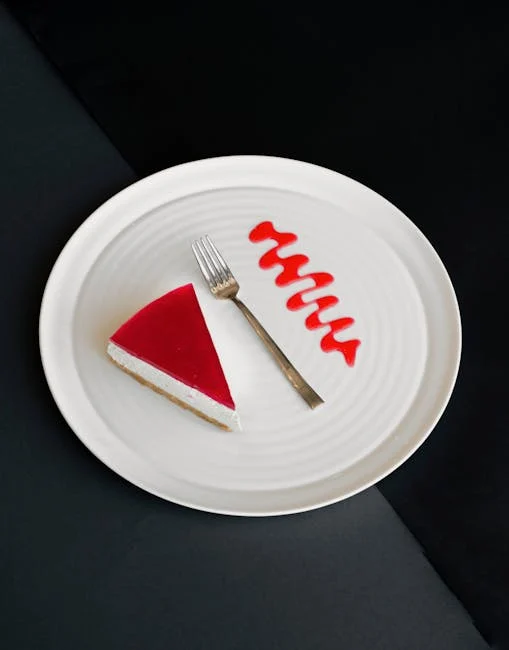Introduction
Food is more than just sustenance; it’s a canvas for creativity. From innovative flavor combinations to artistic plating, the world of culinary arts offers endless opportunities for expression. This article explores the fascinating intersection of food and creativity, examining how chefs and home cooks alike are pushing boundaries and redefining the dining experience.
The Power of Flavor: Where Science Meets Art
Exploring Flavor Profiles
Understanding the fundamentals of flavor is crucial for culinary creativity. Balancing sweet, sour, salty, bitter, and umami creates harmonious and exciting dishes. Experimenting with different herbs, spices, and ingredients allows you to craft unique flavor profiles that tantalize the taste buds.
- Sweet: Honey, maple syrup, fruits.
- Sour: Lemon juice, vinegar, yogurt.
- Salty: Sea salt, soy sauce, cured meats.
- Bitter: Coffee, dark chocolate, leafy greens.
- Umami: Mushrooms, seaweed, parmesan cheese.
Ingredient Pairings: A Creative Playground
Creative cooking involves venturing beyond traditional pairings and exploring unexpected combinations. Think chocolate and chili, watermelon and feta, or avocado and dark chocolate. These unexpected pairings often result in surprisingly delightful taste sensations.
Presentation Matters: The Art of Plating
Visual Appeal and the Dining Experience
Food is first consumed with the eyes. A beautifully plated dish elevates the dining experience, creating anticipation and enhancing enjoyment. Paying attention to color, texture, and arrangement transforms a simple meal into a visual masterpiece.
Techniques for Artistic Plating
- Sauce Application: Use squeeze bottles or spoons to create artistic swirls, dots, or lines.
- Height and Dimension: Stack ingredients to add visual interest and create a sense of volume.
- Color Contrast: Utilize a variety of colorful ingredients to create visual harmony and appeal.
- Garnish Wisely: Use fresh herbs, edible flowers, or microgreens to add a final touch of elegance and flavor.
Culinary Innovation: Pushing the Boundaries
Modernist Cuisine: Science in the Kitchen
Modernist cuisine utilizes scientific techniques and equipment to create innovative dishes with unique textures and flavors. Techniques like spherification, sous vide, and foams are used to transform ordinary ingredients into extraordinary culinary creations.
Fusion Cuisine: A Global Melting Pot
Fusion cuisine blends culinary traditions from different cultures, creating exciting and unexpected flavor combinations. This approach celebrates diversity and encourages culinary experimentation, resulting in dishes that are both familiar and novel.
Food Photography and Social Media
Capturing Culinary Creations
In the age of social media, food photography has become an integral part of the culinary experience. Sharing visually appealing photos of food online inspires others and showcases the creativity of chefs and home cooks alike.
Tips for Stunning Food Photography
- Natural Lighting: Use natural light whenever possible to capture the true colors and textures of the food.
- Composition: Pay attention to composition and use techniques like the rule of thirds to create visually appealing images.
- Angles: Experiment with different angles to find the most flattering perspective.
- Editing: Use photo editing software to enhance colors, adjust brightness, and sharpen details.
Conclusion
The intersection of food and creativity is a dynamic and ever-evolving field. Whether you’re a professional chef or a home cook, embracing creativity in the kitchen allows you to express yourself, explore new flavors, and elevate the dining experience. By understanding the fundamentals of flavor, mastering the art of plating, and embracing innovation, you can unlock your culinary potential and create truly unforgettable dishes.
